Gadgets that help pets cope with loneliness and separation from their owners

Pets are often like children. However, when they need to go away for errands, children are often left with nannies or other “trusted companions.” Animals, on the other hand, are often left alone, and this can have serious consequences. In this article, you’ll learn which animals are most prone to loneliness and which gadgets can help cope with the longing for their owner. Interested?
How do animals cope with loneliness?

It’s one thing to go to the store for 10 minutes, but quite another to disappear for hours. Or even days. Not every pet will ignore this, especially without a favorite toy and treat as compensation.
Take dogs, for example. Separation is a heavy burden for them, as they are social animals and form strong bonds with their owners. A prolonged absence can cause them fear and boredom. Eventually, the pet will wait for hours by the door or window, listening for sounds, and even taking naps to while away the time. Some dogs, incidentally, are prone to mischief to teach their freedom-loving companion a lesson.
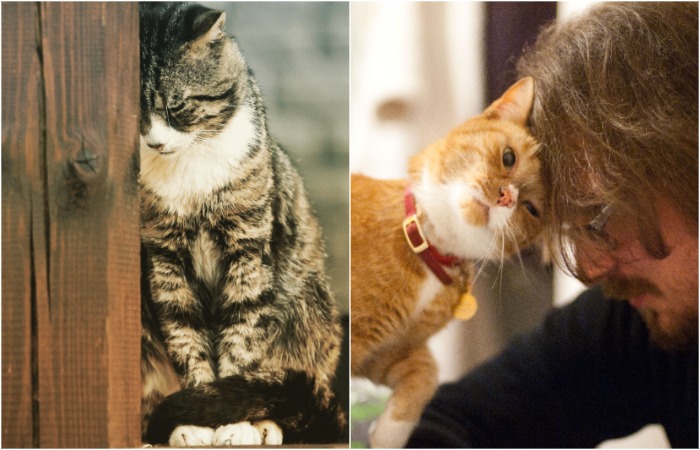
What about cats? Many people associate them with independence and a love of freedom. You might be surprised, but this isn’t entirely true. This is supported by the results of a 2020 study, in which one in ten cats showed signs of separation anxiety: meowing loudly, damaging furniture, and defecating in inappropriate places.
As it turns out, cats are capable of forming strong bonds with their owners. The risk of problems increases if the pet is deprived of toys, access to all rooms, or contact with other animals.
Parrots are a different story—these birds haven’t yet been fully domesticated. But without a feathered companion (or even a flock of companions), your life is lost. Your pet may become apathetic and start plucking its own feathers. I’m talking about captive living conditions, by the way. So, if you’re thinking of getting a parrot and are often away on business, it’s best to get it a friend. Or teach them to use gadgets, as scientists from the US and UK did.
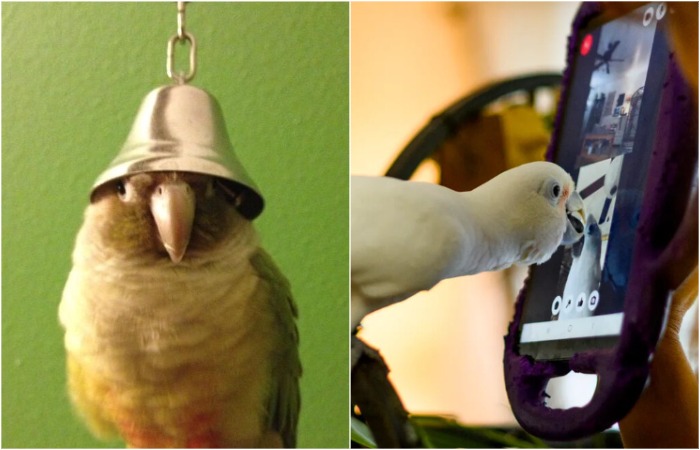
The experiment began with training the parrots to ring a bell to signal their owner that they wanted to communicate with a fellow parrot. Upon hearing the bell, the owner presented the parrot with a tablet displaying icons with photographs of other parrots. Using their beaks, the test subject selected a specific parrot to initiate the call.
In the final stage of the experiment, the parrots were given complete freedom: they could initiate video calls at any time and with anyone from an available list, without human restrictions.
Ultimately, the parrots not only distinguished between their fellow parrots on the screen but also showed preference, choosing some and ignoring others. During the video calls, the avian participants readily interacted: they played, showed each other toys, sang, and even learned new skills. An analysis of the frequency of calls allowed the researchers to conclude that some parrots had formed strong friendships during the experiment.
While communicating, they preened, played, and even learned new skills—one cockatoo even flew for the first time after seeing other parrots. In real life, many parrots have already mastered voice assistants, ordering food or music.
Impressive, isn’t it? It can be used as a life hack if your parrot is bored without its companions.

Don’t be too quick to despair if you’re an independent person but really want a pet. For some pets, loneliness isn’t a problem, but a natural norm. Take ferrets, for example. They sleep for 18-20 hours and simply don’t have time to get bored. Or hamsters: their self-sufficiency is enviable, although they have a weak stress tolerance.
Rabbits are content with their owner’s presence for a couple of hours a day, and pet hedgehogs are confirmed loners. Basically, there’s plenty of room to roam. I personally know someone who kept more than 10 snakes (the main thing is to avoid poisonous ones, otherwise they are very independent and don’t get attached to their owners).
Well, we’ve talked about animals, now let’s talk about gadgets for animals prone to loneliness.
Camera for dogs
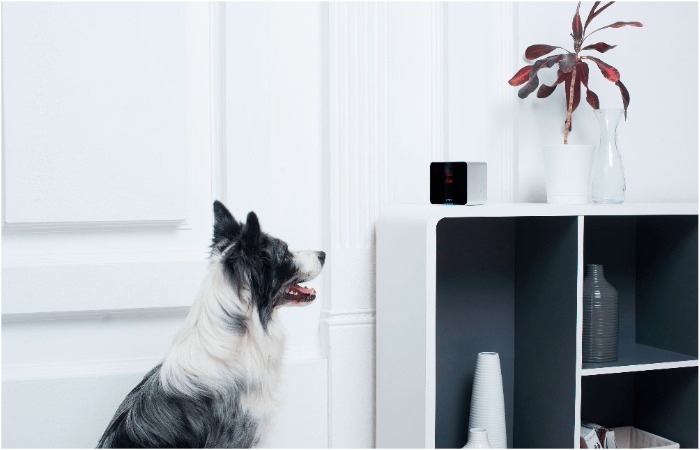
I’ve mentioned before that dogs have a hard time coping with loneliness. For them, it’s a sign of danger. But if you urgently need to get away somewhere and have no one to rely on, there are a few options. One of them is a security camera. Incidentally, I learned about this from the personal blog of a woman who was trying to train her pet to cope with loneliness.
So, she chose a corded model to avoid the risk of the device suddenly running out of power. She installed it on the windowsill in her bedroom, ensuring her pet’s favorite hanging out spot (by the front door) was within easy sight. After setting up the camera, the fun began.
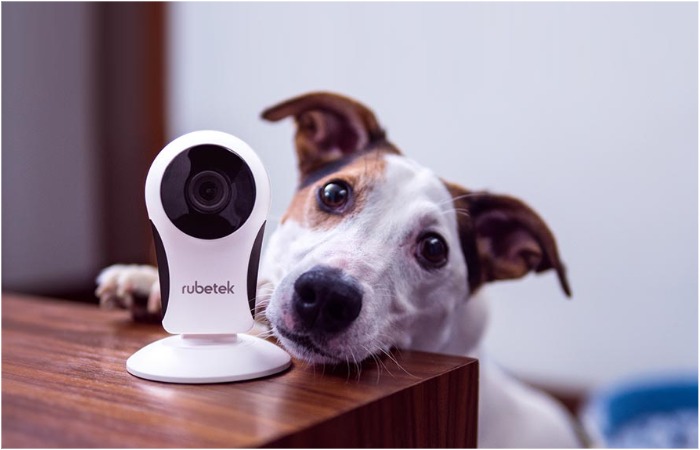
Before each departure, she gave the dog a puzzle toy filled with a treat, then said the command, “Stay here,” and left: first for a few seconds, then minutes, then hours. She monitored the dog’s condition using a camera. If the dog became anxious, the owner had the option to calm it using two-way communication. This meant the dog would hear her voice and feel better.
Some cameras are problematic because they only record movement, while others emit an unpleasant beep when notified. However, this can be resolved by choosing the right gadget carefully. Otherwise, it’s a fairly effective way to calm both dogs and their owners.
What about inventions originally designed for animals and for combating loneliness? I propose moving from the “general” (a camera that would be suitable for more than just training) to the “specific” (a specific invention for dogs).
Pet phone
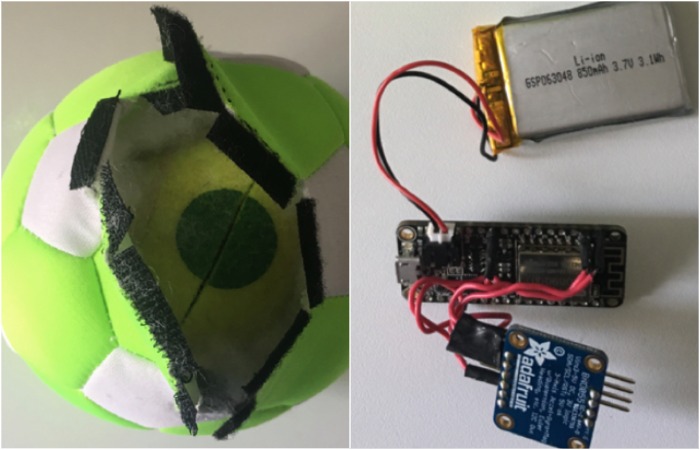
Scottish researchers from the University of Glasgow have developed a phone for dogs called “Dogphone.” Remember the recent mention of the experiment with parrots? “Dogphone” is designed for the same purpose, except the dogs call their owner, not other four-legged friends.
The device is indistinguishable from a soft ball. It works like this: when the dog moves the ball or picks it up, a built-in sensor sends a signal to the owner’s connected laptop, automatically initiating a video call. The owner simply answers the call to see and communicate with their pet. The technology supports both incoming and outgoing calls, but the dog always initiates the call—the call only occurs after interacting with the ball.

The researcher’s personal experience with her dog, Zach, showed that mastering the gadget takes time. Initially, Zach would often make random calls while simply playing with a ball. However, over time, he began to understand the connection between his actions and his owner’s appearance on the screen. While random calls remain possible, the system primarily gives dogs freedom of choice.
Now a question for pet owners: if you need to go somewhere, what do you do? What is your general attitude toward using special gadgets in your pet’s life?





